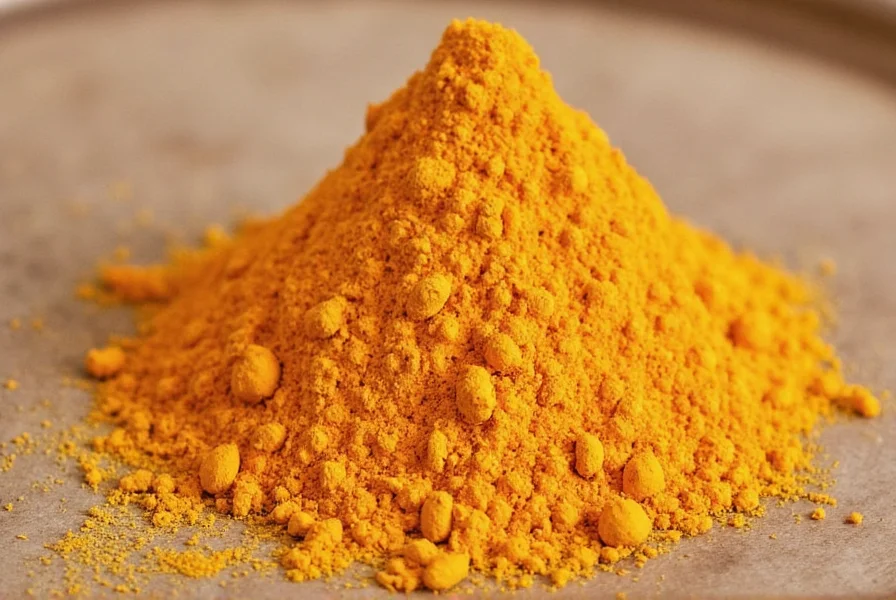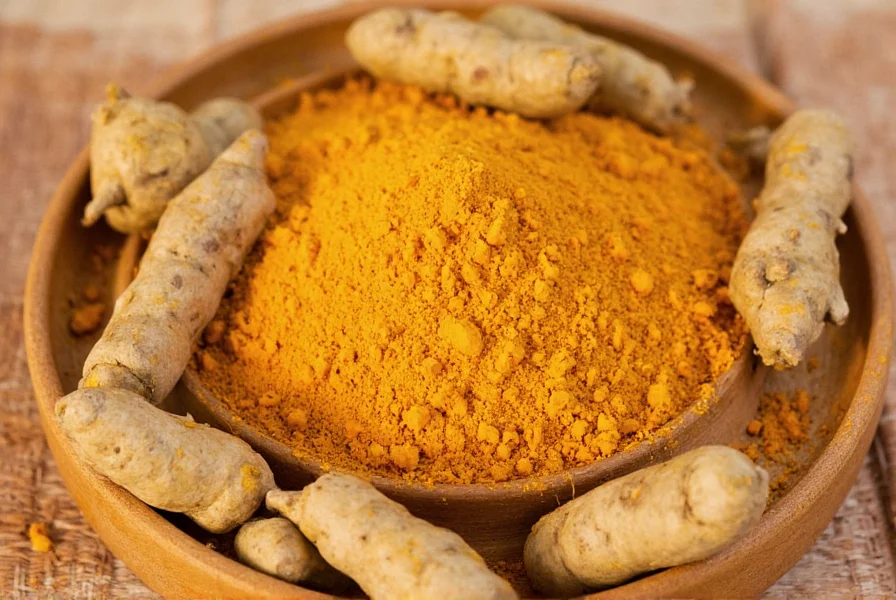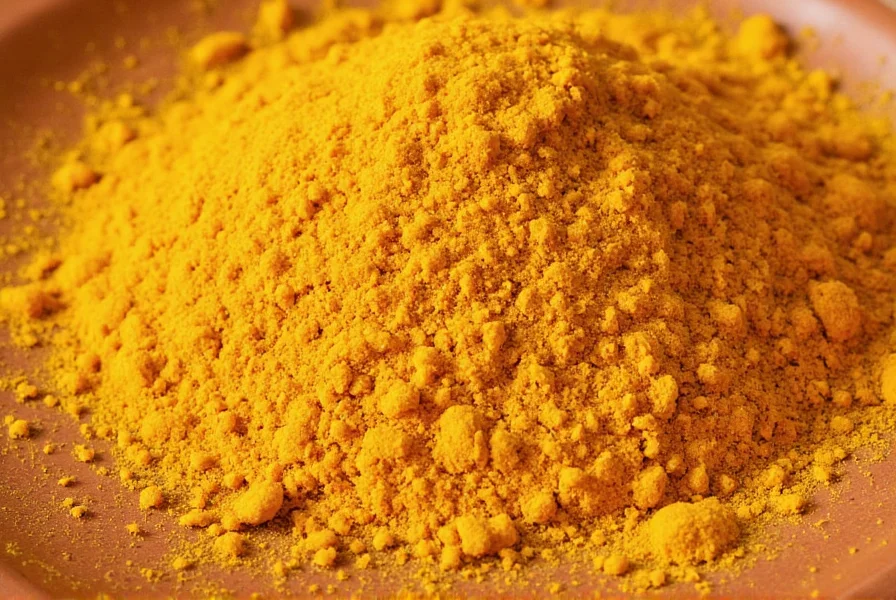As one of the world's most widely used spices for millennia, turmeric has become a cornerstone of culinary traditions from India to Southeast Asia and beyond. This ancient spice not only transforms the visual appeal of dishes with its brilliant golden hue but also contributes a distinctive earthy flavor profile that enhances countless recipes. Understanding how to properly use turmeric in cooking can elevate your culinary creations while respecting its cultural significance in global food traditions.
The Culinary Identity of Turmeric
Turmeric's unique position in world cuisine stems from both its visual impact and flavor characteristics. Unlike many spices that primarily contribute taste, turmeric offers a dual contribution—color and flavor—that makes it indispensable in specific culinary applications. The active compound curcumin gives turmeric its characteristic yellow color, while its flavor profile combines earthiness with subtle notes of citrus and ginger.
When exploring how to use turmeric in cooking, it's essential to understand the two primary forms available:
| Form | Characteristics | Best Culinary Uses |
|---|---|---|
| Dried Turmeric Powder | Concentrated flavor, vibrant color, shelf-stable | Dry spice rubs, curry powders, rice dishes, soups |
| Fresh Turmeric Root | Milder flavor, juicier texture, perishable | Smoothies, fresh sauces, pickles, grated into salads |

Global Culinary Applications
The turmeric flavor profile in food varies significantly across culinary traditions. In Indian cuisine, turmeric appears in nearly all curry preparations, not just for color but as part of complex spice synergies where it enhances other flavors. Southeast Asian cooking often uses fresh turmeric in fish dishes and soups, while Middle Eastern cuisine incorporates it more subtly in rice preparations and meat marinades.
Understanding regional differences helps home cooks authentically replicate dishes. For example, authentic best dishes with turmeric include:
- Indian: Dal (lentil stew), Biryani (spiced rice), and various vegetable curries
- Thai: Yellow curry and certain noodle dishes
- Indonesian: Base for many traditional spice pastes (bumbu)
- Caribbean: Used in rice and peas and meat marinades
Practical Cooking Techniques
Mastering cooking with fresh turmeric root requires understanding proper preparation methods. Fresh turmeric should be peeled with a spoon (like ginger) to preserve maximum flavor compounds. When using powdered turmeric, blooming it in oil before adding other ingredients significantly enhances both flavor release and color dispersion.
One common challenge when working with turmeric is its staining potential. The pigment binds strongly to porous materials, so consider these practical tips:
- Use glass or metal cutting boards when preparing fresh turmeric
- Wear gloves to prevent yellow stains on hands
- Add acidic ingredients like lemon juice to help reduce staining
- Wash utensils immediately after use
Flavor Pairing and Balance
Turmeric's earthy bitterness benefits from strategic pairing with complementary flavors. Understanding these relationships prevents the turmeric spice in Indian cuisine from overwhelming dishes. The spice works particularly well with:
- Fat sources (coconut milk, ghee, olive oil) which help extract flavor compounds
- Acidic elements (lemon, tamarind, vinegar) that balance its earthiness
- Other warming spices (cumin, coriander, black pepper) which create flavor harmony
- Sweet vegetables (carrots, sweet potatoes) that counteract bitterness
When determining appropriate quantities, remember that turmeric's flavor intensifies during cooking. A general guideline is 1/4 to 1/2 teaspoon of powder per serving, adjusting based on whether you're using it as a background note or featured element. For does turmeric stain cooking utensils concerns, stainless steel and enamel cookware offer the best resistance to permanent staining.

Modern Culinary Innovations
Contemporary chefs have expanded turmeric's applications beyond traditional contexts. The turmeric substitution in recipes conversation has grown as chefs experiment with this versatile spice in unexpected ways. Modern applications include:
- Golden milk lattes and wellness beverages
- Pasta dough and bread recipes for color and subtle flavor
- Infused oils and vinegars for salad dressings
- Marinades for proteins where it both flavors and tenderizes
When substituting turmeric in recipes, note that no single spice replicates its unique combination of color and flavor. Saffron provides color but lacks earthiness, while mustard powder offers similar bitterness without the golden hue. For the closest approximation, a combination of saffron (for color) and mustard powder (for flavor) can work in some applications, though the result won't be identical.
Storage and Quality Considerations
Preserving turmeric's potency requires proper storage techniques. Dried turmeric powder maintains optimal flavor for 6-12 months when stored in an airtight container away from light and heat. Fresh turmeric root lasts 2-3 weeks refrigerated in a paper bag, or up to 6 months when frozen.
Quality indicators for selecting turmeric include:
- Bright orange-yellow color (dullness indicates age)
- Strong earthy aroma when rubbed between fingers
- Finely ground texture without clumping (for powder)
- Firm, plump roots without wrinkles or soft spots (for fresh)
Frequently Asked Questions
How much turmeric should I use in cooking?
For most dishes, start with 1/4 to 1/2 teaspoon of turmeric powder per serving. Fresh turmeric requires approximately 1 inch of root per teaspoon of powder. Remember that turmeric's flavor intensifies during cooking, so it's better to start with less and adjust to taste.
Does turmeric lose its flavor when cooked?
Turmeric actually becomes more flavorful when cooked properly. Blooming turmeric in oil before adding other ingredients helps release its flavor compounds. However, prolonged high-heat cooking can diminish its aromatic qualities, so adding it midway through cooking preserves optimal flavor.
Can I substitute turmeric in recipes?
While no single spice perfectly replicates turmeric, saffron provides similar color but lacks earthiness, and mustard powder offers comparable bitterness without the golden hue. For best results, use a combination of saffron (for color) and mustard powder (for flavor) as a substitute, though the flavor profile won't be identical.
Why does turmeric stain everything yellow?
Turmeric contains curcumin, a potent natural pigment that binds strongly to porous materials. This is why it stains clothing, cutting boards, and even skin. To minimize staining, use non-porous cookware, wear gloves when handling fresh turmeric, and clean utensils immediately after use with soapy water.
Should I cook turmeric with black pepper?
Combining turmeric with black pepper is primarily beneficial when seeking health benefits, as piperine in black pepper enhances curcumin absorption. For culinary purposes alone, this combination isn't necessary, though many traditional spice blends like curry powder naturally include both for flavor synergy.











 浙公网安备
33010002000092号
浙公网安备
33010002000092号 浙B2-20120091-4
浙B2-20120091-4